Hello everyone, today we have another guest article, this time about Finnish armor. Enjoy!
- SS
Author: Juuso ‘Kantti’ Marttila
Finland is one of the more obscure nations, when it comes to armored warfare in WW2. Although Finland’s success in stopping the Red Army in Winter War has gained nearly mythological proportions and international fame, only little is usually said about Finnish armored forces in World War 2. With mixed equipment and nearly as mixed reputation, they still form an interesting part of Finnish Army’s endeavors in WW2.
Finnish armored forces got their first equipment from France in 1919-1921, when the newly independent state acquired 32 FT-17′s. Of these, 14 had 37mm Puteaux gun, rest were machine-gun versions. Some had original angular Renault turret, the rest had circular Berliet turret. As a curiosity, some of the Finnish tanks were lent to White Russians of North Western theatre of Russian Civil War. When the Winter War started in November 1939, these tanks still formed the core of Finnish armored forces (2 of 4 tank companies of Finnish Tank Battalion fielded FTs), but it was already clear that these tanks were completely obsolete and unable to engage any Russian armor (mainly BT-series, T-26, T-28 and some tankettes). Thus, these tanks were dug in as pillboxes, but most were left behind without a fight, when Soviet breakthroughs in other sectors forced the Finnish defenders to withdraw.
Finnish FT-17s parading in front of Helsinki Central Railway station
To replace their obsolete Renaults, Finnish army started to test four different British-made Vickers tanks in the 1930s. These were Vickers 6-ton (Vickers Mark E), Vickers Mk VI B, Vickers-Carden Loyd Light Tank m1933 and Vickers-Carden Loyd Light Amphibious tank m1931. In 1936, Finnish army placed an order for 32 Vickers 6-ton tanks, which were considered the most modern and most suitable for Finnish heavily forested environment. Unluckily for the Finnish Armored Forces, Finland couldn’t afford to buy the tanks with armament, but decided to arm the tanks themselves. Thus, most of the Vickers were still in process of being armed with 37mm guns and only one tank company was ready for action in late February, when the Winter War was already nearing its end. They were sporadically used as fire support for infantry and their only major armored clash against the Red Army was in Honkaniemi. There, Finnish troops were ordered to make a counter-attack against Soviet breakthrough near Lake Näykkijärvi.
The 4th Armored company equipped with 15 Vickers was ordered to join the push. Inexperience of the newly-equipped company was seen clearly in that they managed to get only 8 tanks to the starting line of the attack and in the end, only 5 tanks managed to advance. The rest suffered from various mechanical failures in cold weather, especially of condensed water in fuel system. These five tanks engaged 20 “heavy” T-28 tanks of the 120th Armored Regiment of Red Army. In the following 40 minutes firefight, four Finnish and 8 Soviet tanks were knocked out. For the remainder of the Winter War, Finnish tanks evaded armored engagements as Vickers’ engines were deemed too unreliable, gun sights were poor and its penetration was found lacking even against the T-28.
Finnish Vickers
During the interim-peace (time between the Winter War and Continuation War, which started a couple of weeks after Operation Barbarossa), Finnish Army started to seriously develop their armed forces. Since money was lacking but captured Soviet equipment from the Winter War was plenty, most of these improvements were improvised. First, the Vickers received an upgrades as their 37mm guns were replaced by captured Soviet 45mm guns. After this modification, these Vickers were called T-26E (E= English to distinguish them from captured Soviet T-26s). Even though penetration of these two guns was rather similar, the effect of HE shell when supporting infantry was considerably better with the 45mm gun. Also, logistical constraints eased a bit, as Vickers used now the same ammunition as captured Soviet T-26s, that were pressed into service.
Finnish repaired 47 (of which 34 were put in front line units) captured Soviet T-26 tanks during the short peace time and together with upgraded Vickers tanks, these formed the core of the expanded Finnish Tank Battalion. These were considered far more suitable for Finnish environment than BT-series tanks, which were other major category of captured AFVs. Finnish converted many T-26A’s (T-26 M1931) by replacing their twin-turrets and arming them with the same 45mm gun mentioned above. Some T-26A’s were still retained in service, mostly as command vehicles. The same conversion was done to some flamethrower tanks (OT-26). Even if a couple of OT-130 and OT-26′s saw some limited service in 1941 in Finnish army, they were deemed unreliable, inefficient and a waste of precious fuel and soon withdrawn from service.
A captured T-26 m1931 with Finnish markings (un-tilted swastika)
Finnish T-26s attacking
Of other Soviet vehicles captured in Winter War also a couple of BT-5s and BT-7s saw some service in the Heavy Tank Platoon, quite an ironic unit for such a tank. As mentioned above, these “Christie’s” proved unreliable and they were worn out during the Finnish attack phase of Continuation War. Some turrets from BT-series tanks were used as fortifications. Of bigger importance were 2 captured T-28s, which formed the core of the aforementioned Heavy Tank Platoon. They were surprisingly durable and despite their reputation of being unreliable and maintenance intensive, they worked like a charm against infantry and gun positions. After capturing a couple more T-28s in the 1941, the Finnish finally operated 7 T-28s and despite losing multiple crews, not a single vehicle was permanently knocked out.
Captured BT-7 advancing with infantry
Captured T-28 bearing Finnish markings.
Finnish advances in Autumn 1941 saw plenty of new captured vehicles appearing in the table of organization and equipment of Finnish Armoured Forces, which were in early 1942 organized into the Armored Brigade. In June 1942, it was coupled with 1st Jaeger Brigade and formed Finland’s first and only Armored Division. Finnish forces captured (or bought from German captured supplies) and uses in total 7 T-34/76s and 2 KV-1s. These replaced the T-28s as the core of the heavy tank platoon and provided 2 armored battalions of the brigade with a true striking force. Some captured T-37 and T-38 amphibious tanks were also used. As a curiosity to WoT players, Finland also managed to capture a T-50, which was the up-armored version (making it in fact a T-50-2, which historically meant up-armored, not super speedster known to WoT players) and was used as a command vehicle. It has been preserved in Finnish Armored Museum in Parola and is suspected to be only one remaining in the world.
Captured T-50-2 being tested after repairs in workshop in town of Varkaus
T-50-2 in Parola museum. Additional armor in turret sides is clearly visible
Captured KV-1
Captured T-34/76
The active phase in 1941 of the Finnish assault on the Soviet Union was the time when Finnish armor was finally put into use. They played an important role in driving away the Red Army from Ladoga Karelia and Eastern Karelia and were spearheading the attacks, that reached the river Svir. Even though the Finnish tanks were already outdated back then, they performed rather well, as Soviet equipment against them was often equally obsolete, since most of the Red Army’s more modern tanks were rushed to more important fronts. The active phase of the Karelian conquest was followed by more than 2 years of lull in any serious fighting and armored forces were kept in reserve most of the time. Still, they were continuously developed as it became quite clear that the T-26s forming the mainstay of Armored Division were redundant and nearing the obsolete status.
In 1942, Finnish army acquired six Landsverk Anti II (Luftvärnskanonvagn L-62 Anti II) from Sweden, that formed AA-defenses of the division. These were developed from Hungarian Toldi tank and also used in Hungary.
Landsverk Anti II in Tuusula Anti Air Museum
Also in 1942, the Finnish made their most extensive attempt in tank production by manufacturing assault guns from captured BT-7s. These were designated as BT-42. For these interesting vehicles see the separate upcoming article. In short, the improvised project was nearly a complete failure and the vehicle was judged useless in any anti-tank role in a few small scale battles in 1943. Some BT-7s were even planned to be converted to armored personal carriers designated BT-43s, but only one prototype was made and soon scrapped.
BT-42 in Parola Armored museum
Only a drawing remains of the BT-43
As BT-42s were a real letdown, their quickly acquired successor, 59 Stugmgeschütz III G assault guns, became the most important acquisition made by the Finnish army. Of this order, thirty vehicles reached Finland already in 1943 and arrived on time to take part in the crucial fighting in June-July 1944. Rest trickled in during the fighting and didn’t see any real action. The Finns did some modifications to their Stugs by replacing German MG’s with Russian DT to simplify logistics. Sideskirts (Schurzen) were removed, as they were ill-suited for dense forests, where the Stugs had to operate. As a curiosity, big logs of wood were added to the sides of the vehicle in pursuit of some extra protection. For some less visible modifications in detail, see this page.
Even if the Stugs saw only 3 weeks of front line duty, they were crucial in fighting off the Soviet armored onslaught, as other Finnish tanks had considerable difficulties when standing against more modern Soviet tanks. In this short period of action, 8 Stugs were lost, but their KDR (kill-death-ratio) was almost 11 with 87 confirmed Soviet kills. See link above for detailed kill lists which is quite remarkable as it consists mostly of T-34s and ISU-152′s. For detailed pictures and stories of each individual Stug, see this page.
Stug III with Finnish equivalent of spaced armor
Finland also tried to order some Panzer IVs from Germany. Only 15 of these got finally through, as tensions between wartime allies were rising, when Finland was suspected of (rightly so) pursuing separate peace with USSR. Even these 15 came too late to participate in any real fighting and they were ironically only used against Germans in the Lapland War, even though only as recovery vehicles. Still, they formed the mainstay of Finnish armored forces after the WW2.
Most intensive fighting the Finnish armored forces took part in was the major Soviet offensive, which began in June 10th and ended the long period of rather peaceful time on Finnish frontlines. In addition of working as a supporting arm for infantry on both (counter)attacks and defences, there were couple of major (in Scandinavian context) armored engagements in Kuuterselkä, Äyräpää-Vuosalmi and especially in Tali-Ihantala, which is considered to have been largest battle ever fought in Scandinavia. As result of Soviet maskirovka, their massive commitment (operation was designated as STAVKA strategic offensive) and Finnish failure to entrench properly during relatively calm 1942-1944, Soviet forces penetrated the Finnish main line of resistance quickly and the Finns had cancel their plans of modernizing their armored brigade with PzIV’s. Obsolete T-26s, T-28s and others were thrown into the fire once again. This time, their success was even more limited and these were concentrated mostly on sectors where Soviet armored formations didn’t operate. They also could be used against older Soviet tanks. As Finnish anti-tank capability was judged poor, the Leningrad Front still had some tank brigades equipped with T-26 in use even as late as 1944. Also, presence of these obsolete tanks gave possibility to spread the armored forces in field of battle while directing the few heavier tanks where they were most direly needed.
In these engagements, the Assault Gun Battalion proved to be the true striking force of the Armored Division. With their abovementioned 11:1 KDR, they made an important contribution in stemming the red tide. Also, infantry-AT (Panzerschrecks and -fausts were acquired just in time and distributed to troops after offensive started) was highly important in these battles, mostly fought in dense forests and on narrow roads – not a tank country at all. During the offensive, the Finnish managed to capture few more tanks, most importantly 7 T-34-85s, which were pressed in service immediately after the freshly painted emblems were dry. Also, two ISU-152 were captured, of which one was put into use but lost soon and the other was sent back for repairs and is now in Parola museum in Finland.
Captured ISU heading to repair shop
Captured T-34-85 with some soldiers posing on it
After an armistice between Finland and Soviet Union, the Finnish army was obliged to turn their arms at their former comrades in arms, the German army, still based in northern Finland. Here, some Finnish T-26s saw some action in supporting role, when they took part in amphibious landing in Tornio. The lightweight T-26 proved its worth, as it was relatively easy to transport in available smallish merchant ships and was enough to counter the obsolete tanks (mostly captured French equipment) the Germans were using in the area. Here, tanks from the Armored Brigade destroyed a hostile tank for the very last time in Finnish military history.
After the war, many of the WW2 era tanks were kept in active service. Even T-26s were used in training and T-28s and T-34s were kept in reserve till the 1960s, some Stugs even longer. After the war, the Finnish acquired such tanks familiar to WoT players as T-54, Comet and Charioteer, later on the T-72s and most recently, the Leopard 2A4.
For those searching more information and pictures of Finnish armored forces in WW2, I highly recommend heading to www.andreaslarka.net and www.jaegerplatoon.net, both are marvelous sources of highly detailed information in English.
Sources:
www.jaegerplatoon.net
Esa Muikku-Jukka Purhonen, Suomalaiset panssarivaunut 1918-1997. 1998
Erkki Käkelä, Laguksen miehet – Marskin nyrkki. 1992
www.andreaslarka.net
Wikipedia

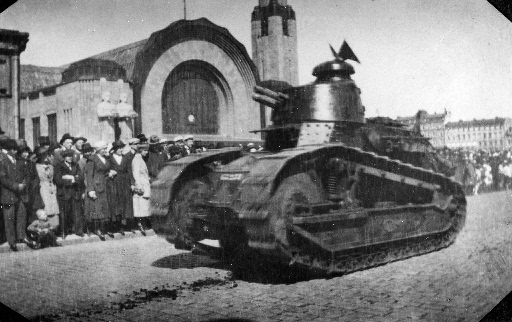
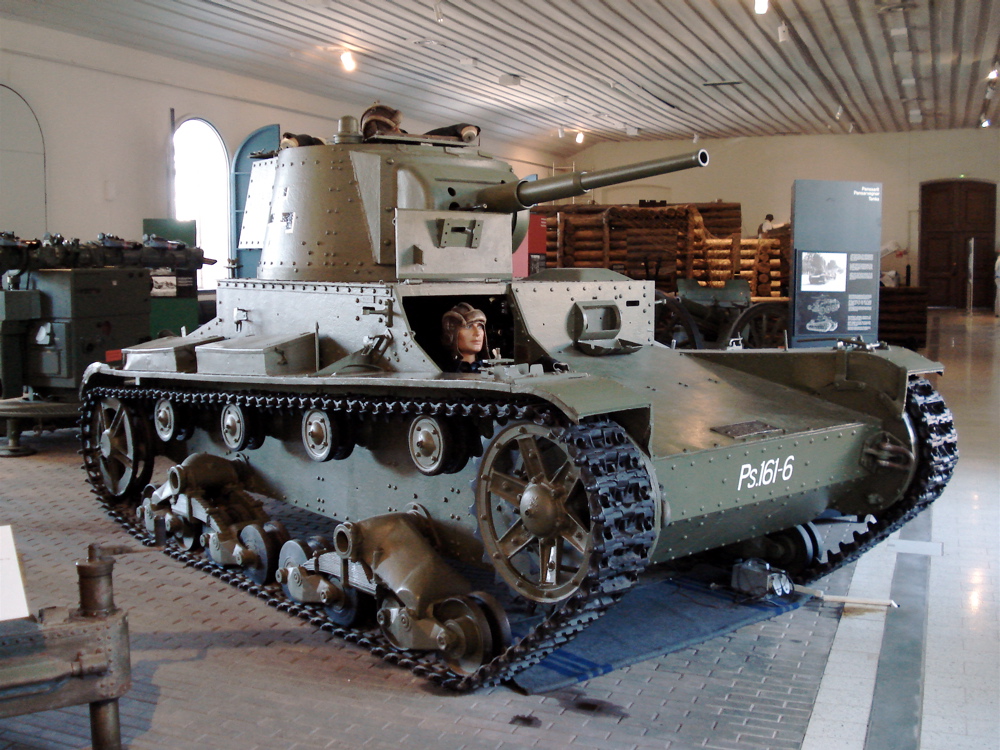
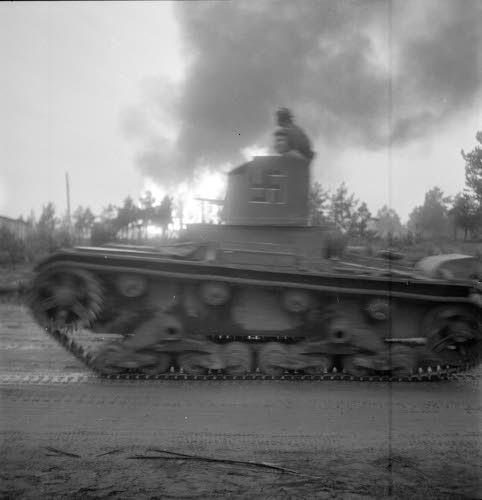




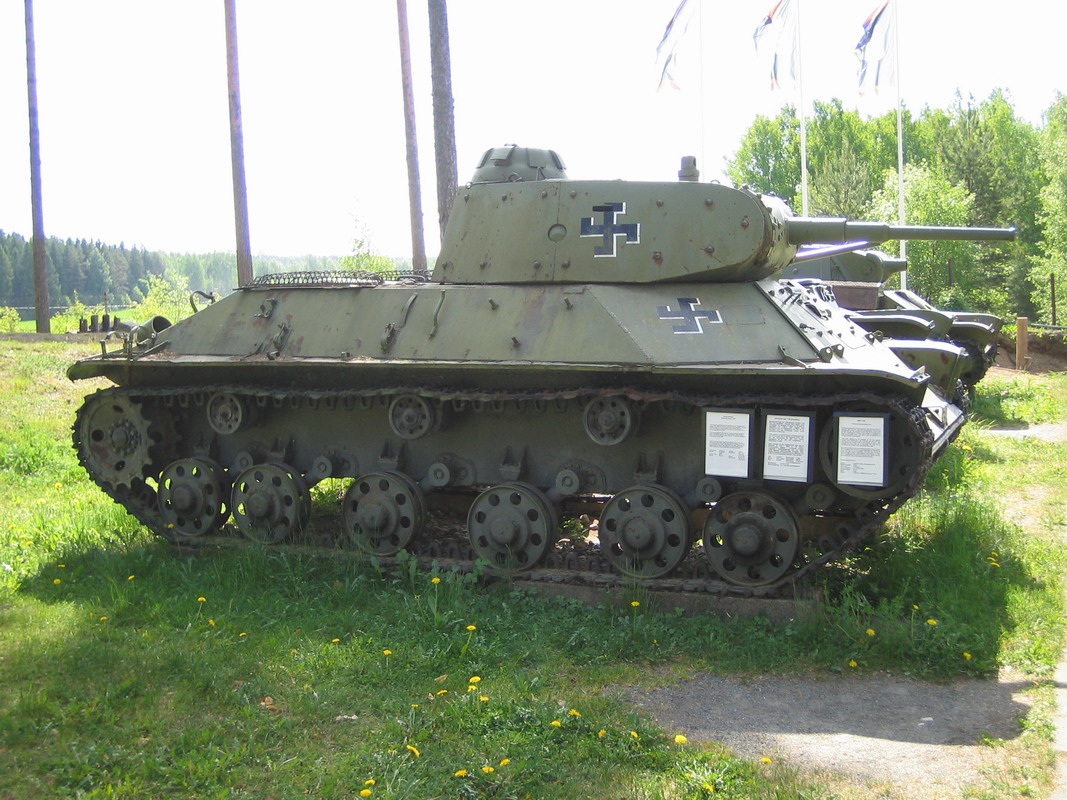
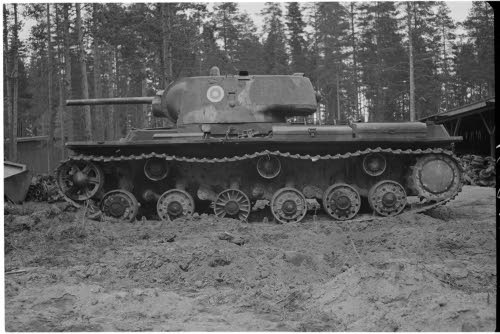


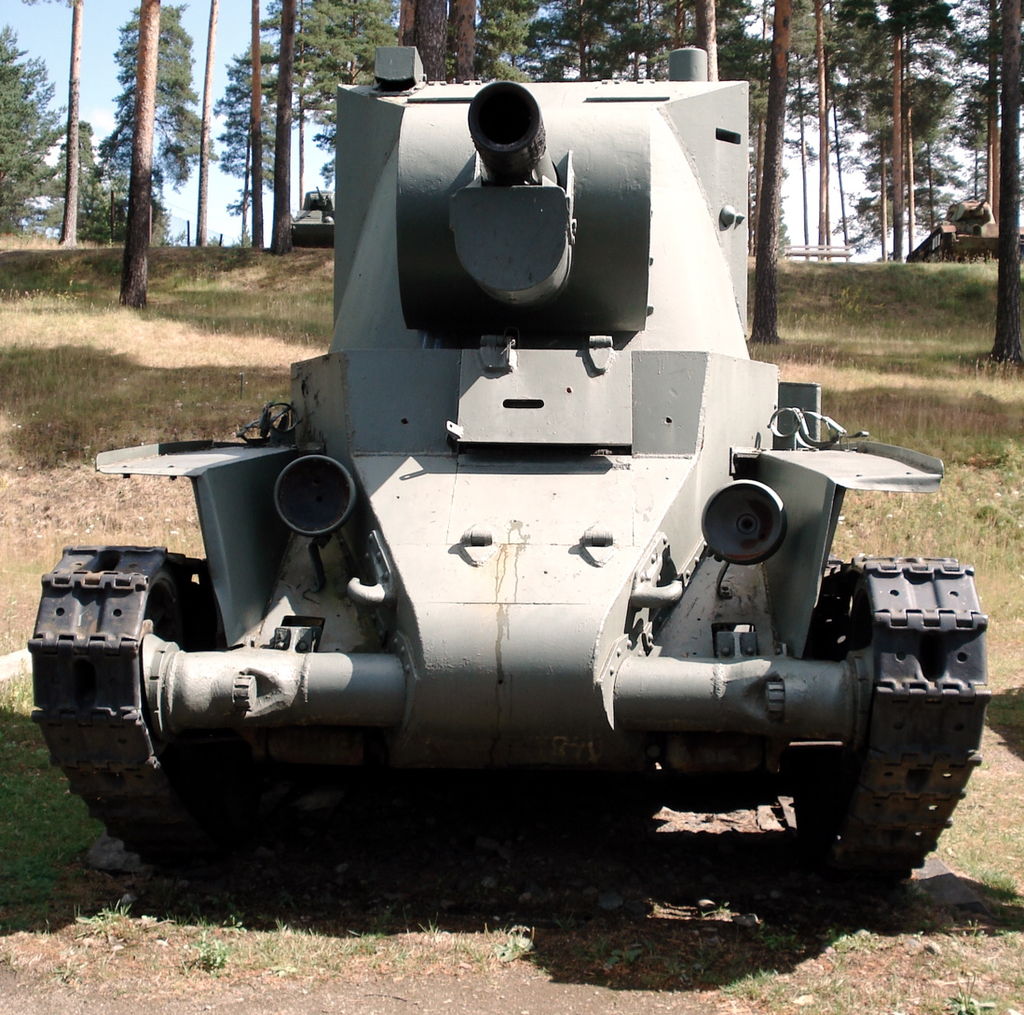

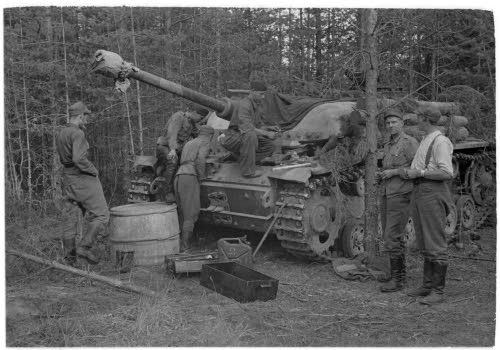
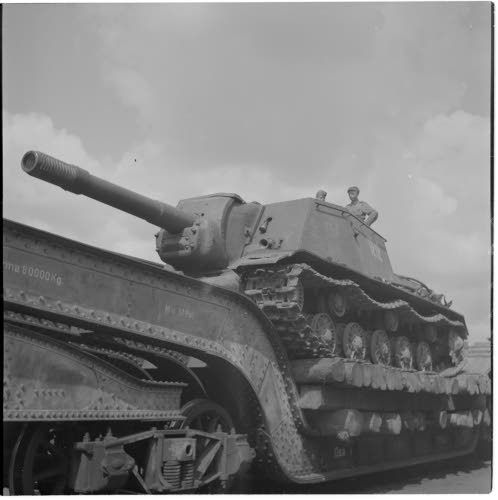

Amazing article
8/8 m8
Yes! Finns are my favorite lil kick-ass nation, GJ and thanks for the article. Saatana vittu perkele! :D (epic finnish swearwords)
Man, those fin’s are some crazy badasses… all that captured crap from the Russians? GG guys.
Very well written, nice article.
- a nasty finn.
Been reading FTR for quite a while, had to make an account for this. Very well written article 5/5.
Great article! Thanks SS.
Don’t thank SS!
Thank him for allowing the article to be posted here, if not writing it himself? :P
Finnish finally operated 7 T-28s and despite losing multiple crews, not a single vehicle was permanently knocked out.
Shows a great recovery and maintenance system not to mention the fortitude of the Finnish Soldiers to fight in vehicles that have evidence of battle damage on both the outside and in the crew compartment.
Great read, thanks for the research and your time Kantti.
This is the sort of article that makes my day :)
Sotka!
Thanks “Kantti”
Great article.
The Finns did some serious ass kicking during the Winter War. I think when all was said and done, the Finns suffered around 66,000 casualties, where it was estimated the Russians had around half a million.
Very interesing article!
Finland recently bought 100 Leopard 2A6 as well.
Finns also used Swastika?
Yes. Finnish air force and armored forces used swastika. Please note that the swastika is untilted (compared to nazi swastika) and was not related to nazis. It was quite common symbol at that time even if deeds of Nazi Germany tainted it forever afterwards.
I knew about other uses of swastika..
But I didn’t knew other courtries also ised it at that time.
Hakaristi is still a relatively common symbol in Finland, it’s on the flag for the Finnish president for example. The manji symbol which looks a like a reversed swastika is still common today as it is used in Buddism and many other Eastern religious symbolism, in Korea I believe what most westerners think of as a swastika is used to mark temples.
Well written article, good job.
Keep the congratulations coming, this article was written by an EFE member. You know that most evil clan you all sooo like to hate. ;-))
Yep, I know – at least you can see I am not prejudiced ;) I see no point in bringing it up though – EFE has nothing to do with this article just as R1SE has nothing to do with me writing FTR…
“In 1942, Finnish army acquired six Landsverk Anti II (Luftvärnskanonvagn L-62 Anti II) from Sweden, that formed AA-defenses of the division. These were developed from Hungarian Toldi tank and also used in Hungary.”
Two negligible things:
Technically the Landsverk L-62 (the predecessor of the Hungarian Nimród) was developped from the L-60 (the predecessor of the Hungarian Toldi light tank) and not from the Toldi itself.
The other minor thing is that the Landsverk Anti II was not used by Hungary, they modified it, and manufactured it domestically under the name of 36/40M. Nimród self-propelled autocannon.
nice article btw :)
“Of other Soviet vehicles captured in Winter War also a couple of BT-5s and BT-7s saw some service in the Heavy Tank Platoon, quite an ironic unit for such a tank.”
I think all BT-tanks that the Christie Detachment used were captured in Continuation War. Finns indeed captured a nice number of BTs in Winter War from the mottis in Ladoga Karelia, but none of those were brought to Finland before the peace was made. So those tanks were left to their original owners.
But in overall, this was a very nice article. Almost every important thing about the Finnish Armored Forces in WW2 was mentioned. The only missing thing worth mentioning was the up-armoring of T-28 tanks in 1942. Finns captured their first T-28E from Pyhäjärvi in 20th of May 1942 and “inspired” by it’s appliqué armor, Finns up-armored rest of T-28s in the same fashion.